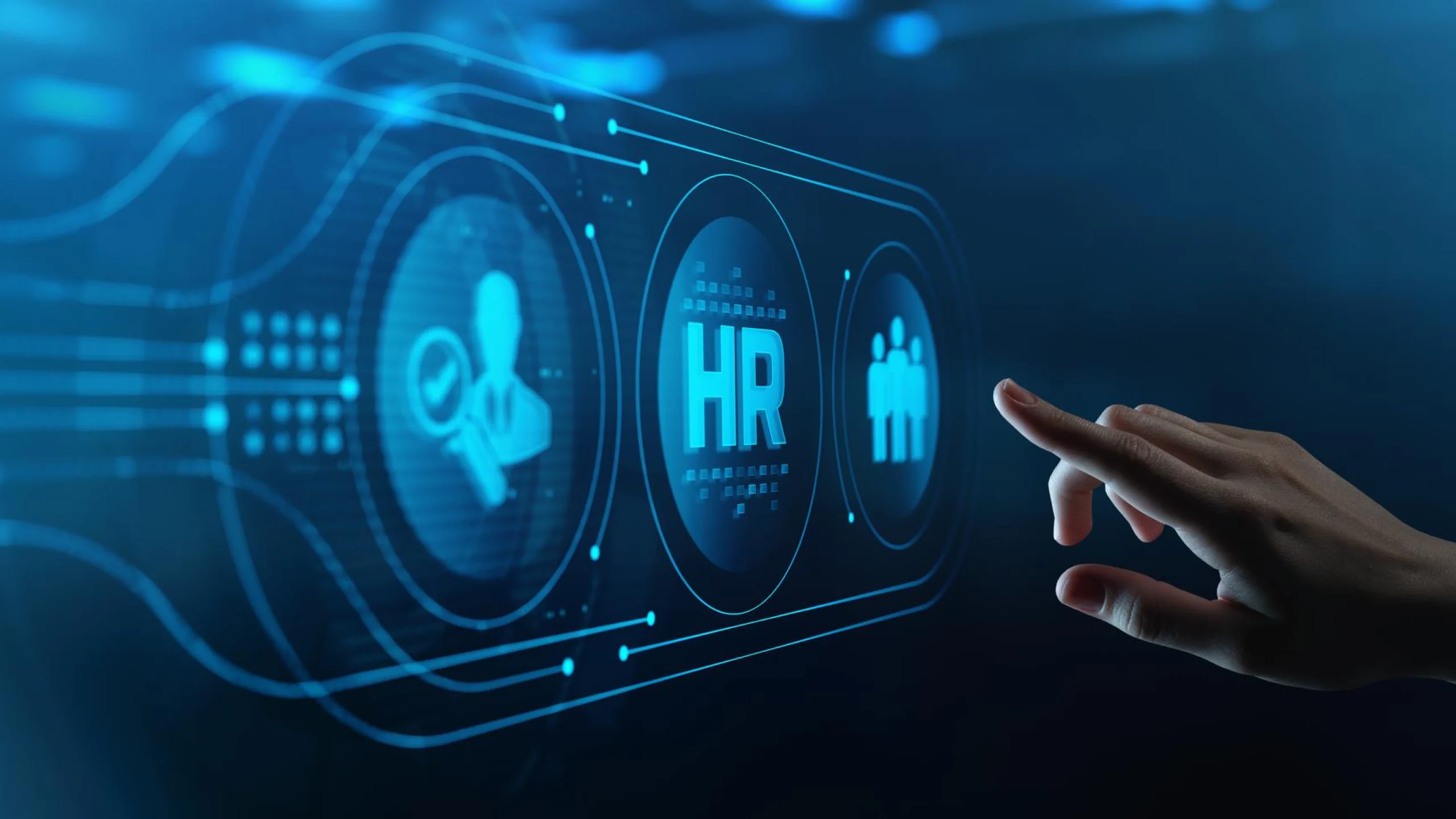Ensuring HR compliance is not just about following a set of rules; it’s about safeguarding your organisation against potential legal risks and fostering a fair and equitable workplace.
As regulations continue to evolve, maintaining compliance with employment laws such as equality, safety, and data privacy becomes even more critical.
An HR compliance checklist serves as a vital tool in navigating these complexities. By ensuring that your organisation systematically addresses key areas, such as employee records and documentation, diversity and inclusion, compensation practices, and data privacy, you can mitigate risks efficiently.
These checklists assist in auditing HR practices, aligning them with legal standards, and ultimately, reinforcing your organisation’s compliance posture.
Moreover, the checklist considers emerging trends in HR, such as the integration of AI technologies and the increased focus on diversity, equity, and inclusion.
Here are the crucial components of an effective HR compliance checklist:
Employment Law compliance
Employment law compliance forms the backbone of any HR checklist.
This involves aligning HR practices with federal, state, and local laws regarding equal opportunity, wage and hour compliance, and leave policies. It’s critical to standardise recruitment and hiring practices, ensuring adherence to laws and conducting background checks appropriately.
- Recruitment and hiring: Implement a standardised procedure for recruitment that covers interview techniques, equal employment opportunity compliance, and proper use of background checks.
- Onboarding and company policies: Comprehensive orientation on company policies and mandatory compliance training should be provided to every new hire to ensure accurate documentation and understanding of company values.
- Employee classification: Verify that employees are correctly classified as exempt or non-exempt according to labour laws to prevent legal discrepancies.
Data privacy and security

With increasing digitalisation, data privacy and security are paramount. Organisations must adopt stringent data handling and protection policies in compliance with laws.
- Data handling policies: Establish firm guidelines for handling sensitive employee data, ensuring it is managed and stored securely with restricted access.
- Cybersecurity measures: Regularly update cybersecurity protocols to guard against potential threats and breaches.
- Employee training: Conduct periodic training programs that inform employees about data protection responsibilities and compliance measures.
Employee records and proper documentation
Accurate documentation is vital for maintaining organised and compliant employee records. Proper recordkeeping supports legal compliance and ensures that employee information is readily accessible.
- Maintaining employee records: Keep detailed personnel files that include employment contracts, performance reviews, and termination documents.
- Compliance audits: Regular audits of employee records can highlight discrepancies, ensuring that documentation is up-to-date and compliant with legislation.
- Archiving policies: Implement policies for archiving and disposing of outdated employee documents that comply with legal retention requirements.
Leveraging solutions like MiHCM Lite and MiHCM Enterprise can further enhance the efficacy of your HR compliance checklist by automating compliance checks, managing employee documentation, and securing data privacy.
These tools streamline HR operations, reduce manual workloads, and ensure up-to-date compliance with labour laws, thereby reinforcing your organisation’s compliance posture significantly.
For more on creating a robust compliance checklist, explore our full resource on HR compliance audits.
Integrating technology with HR compliance

In today’s competitive business environment, integrating technology with HR compliance can lead to significant improvements in operational efficiency.
This can be achieved through platforms like MiHCM, which offers various benefits that support efficient compliance management.
- Real-time compliance with local labour laws: Utilising MiHCM solutions ensures that your organisation remains compliant with local labour laws. The platform automatically updates to reflect the latest legal changes, providing peace of mind for HR departments and aiding them in maintaining robust compliance practices. This real-time adaptability minimises the risk of non-compliance, which can lead to costly legal consequences.
- Streamlined HR requests and approvals: MiHCM’s automated workflows streamline routine HR requests and approvals, ensuring that tasks are completed efficiently and with minimal human error. This not only saves time but also enhances the accuracy of compliance-related operations. By reducing manual interventions, MiHCM allows HR managers to focus more on strategic tasks rather than administrative burdens.
- Enhanced data privacy and security: With increasing scrutiny on data protection and privacy, compliance systems must prioritise robust security measures. MiHCM provides comprehensive tools for managing employee records while complying with data privacy regulations. This ensures that your organisation not only adheres to legal standards but also protects sensitive employee information against potential breaches.
- Improving HR decision-making and analytics: Leveraging AI and analytics, MiHCM delivers in-depth insights that can help tailor HR strategies in alignment with compliance objectives. This technological edge empowers HR professionals to make data-driven decisions, thereby bolstering organisational compliance and efficiency.
Frequent HR compliance issues
As organisations strive to uphold HR compliance, they frequently encounter certain areas where non-compliance issues arise. Below are some typical non-compliance issues HR departments face and strategies to rectify them:
- Employment law compliance: Missteps in employment law compliance, such as incorrect worker classification or improper benefits administration, are common. These errors can be avoided by systematically using an HR compliance checklist to ensure that all legal guidelines are met.
- Data privacy and security: Organisations often underestimate the importance of data privacy compliance, leading to potential breaches and regulatory fines. Ensuring robust data protection measures and regular audits can mitigate these risks. Leveraging advanced HR technology solutions like MiHCM Enterprise can further enhance data security compliance.
- Employee records and documentation: Incomplete or inaccurate employee records can lead to compliance failures. To address this, HR managers should establish systematic documentation processes for all employee data, supported by efficient HR software systems, ensuring proper filing and storage.
- Diversity and inclusion policies: Ignoring diversity and inclusion requirements can result in discrimination claims. Implementing a robust diversity, equity, and inclusion framework in hiring and retention practices can help prevent these compliance issues.
- Compensation and benefits errors: Incorrect payment calculation, misunderstanding complex benefits, or failure to comply with wage laws can jeopardise compliance. Regular audits and training for HR personnel on wage and hour laws are crucial for maintaining compliance.
- Non-compliance in recruitment and hiring: Recruitment processes that do not adhere to compliance standards, like improper pre-employment screening, lead to legal risks. Employ standardised recruitment protocols and use HR software to ensure compliance with hiring regulations
Step-by-step process of conducting an HR audit

Conducting an HR compliance audit is vital for any organisation aiming to ensure adherence to employment regulations and minimise legal risks.
This comprehensive evaluation can identify potential compliance gaps, bolster HR practices and create a more streamlined operational environment.
Here’s a step-by-step guide on how to effectively conduct an HR compliance audit:
- Define the scope: The first step involves clearly defining the audit’s scope. Decide whether you are conducting a full-scale audit or focusing on specific aspects such as employee records, data privacy, or workplace safety.
- Develop an audit questionnaire: Create a comprehensive questionnaire that covers all key areas of HR compliance, such as employee classification, recruitment practices, and compensation guidelines. This tool will steer the data collection process and ensure no critical components are overlooked.
- Data collection and benchmarking: Gather pertinent data from HR records, employee feedback, and compliance documentation. Benchmark these findings against industry standards and legal requirements to assess where the organisation stands.
- Analysis and reporting: Analyse the data collected to identify patterns, recurrent issues, and areas of non-compliance. Prepare a detailed report highlighting these findings and offering actionable recommendations.
- Develop an action plan: Based on the audit’s outcomes, create a specific action plan addressing the identified gaps. Allocate resources, assign responsibilities, and set realistic timelines for implementing corrective measures.
- Continuous improvement: Encourage a culture of continuous improvement by monitoring changes, updating policies regularly, and training staff to maintain a high compliance standard. Regular mini audits can aid in tracking progress.
Utilising audits to improve overall HR compliance
A successful HR compliance audit not only assures regulatory adherence but also provides a framework for improving efficiency and mitigating legal risks.
By identifying vulnerable areas such as employee misclassification or inadequate record-keeping, organisations can refine processes, enhance transparency, and foster a compliant workplace culture.
Moreover, audits serve as an educational tool, heightening awareness among HR professionals about the significance of maintaining compliance with employment laws. This proactive stance can considerably buffer a company against future legal challenges.
With features tailored to streamline HR operations, MiHCM solutions can significantly reduce manual workloads and improve compliance accuracy, making them indispensable assets in your audit toolkit.
In an era where compliance laws are constantly evolving, maintaining a robust HR compliance checklist is more critical than ever. By leveraging audits effectively, organisations can remain agile, prepared, and above all, compliant.
Maintaining continual compliance

Staying informed and adaptable with an HR compliance checklist can make all the difference. Firms must consistently review and revise their checklists to align with evolving regulations. This ensures processes remain efficient and legal risks are minimised.
Here are some strategies to maintain continual compliance:
- Regular updates to HR policies and procedures aligned with the latest employment laws, including mandatory training for HR staff.
- Monitoring changes in data privacy laws to protect sensitive employee information.
- Incorporating technology solutions like MiHCM can streamline processes and ensure compliance with local labour laws.
- Conducting routine HR audits to identify areas of improvement and compliance vulnerabilities.
- Emphasising continuous learning and adaptation through workshops and seminars focused on HR compliance.
Frequently asked questions
What is the purpose of an HR compliance checklist?
What are the necessary items on an HR compliance checklist?
A comprehensive HR compliance checklist template should include the following essential items:
- EEO compliance and anti-discrimination policies
- Data privacy and security measures
- Accurate employee documentation and proper record retention
- Diversity, equity, inclusion, and belonging (DEIB) initiatives
- Compensation guidelines, including wage and hour laws
- Recruitment and hiring processes compliant with laws
- Termination and separation procedures



